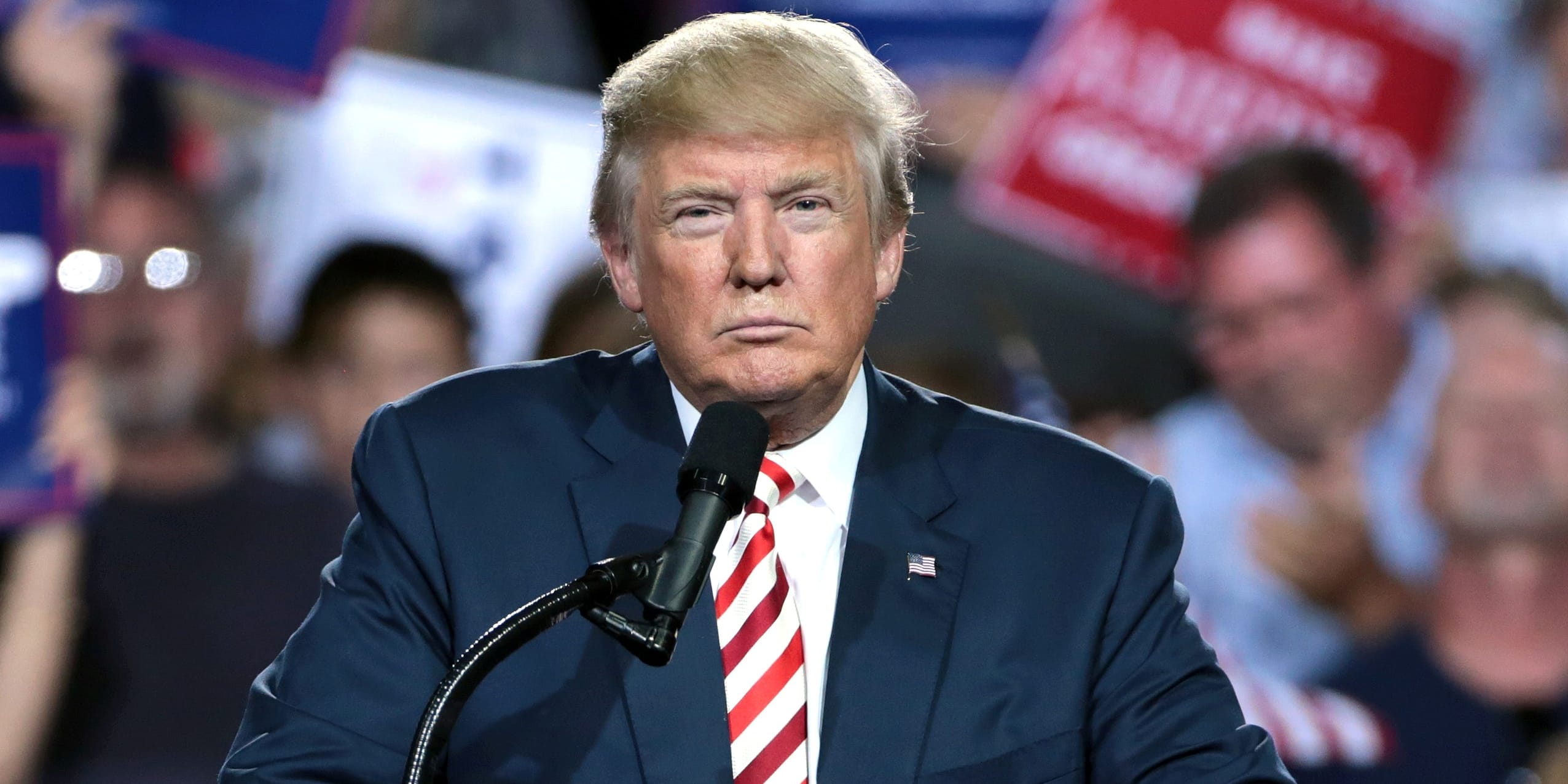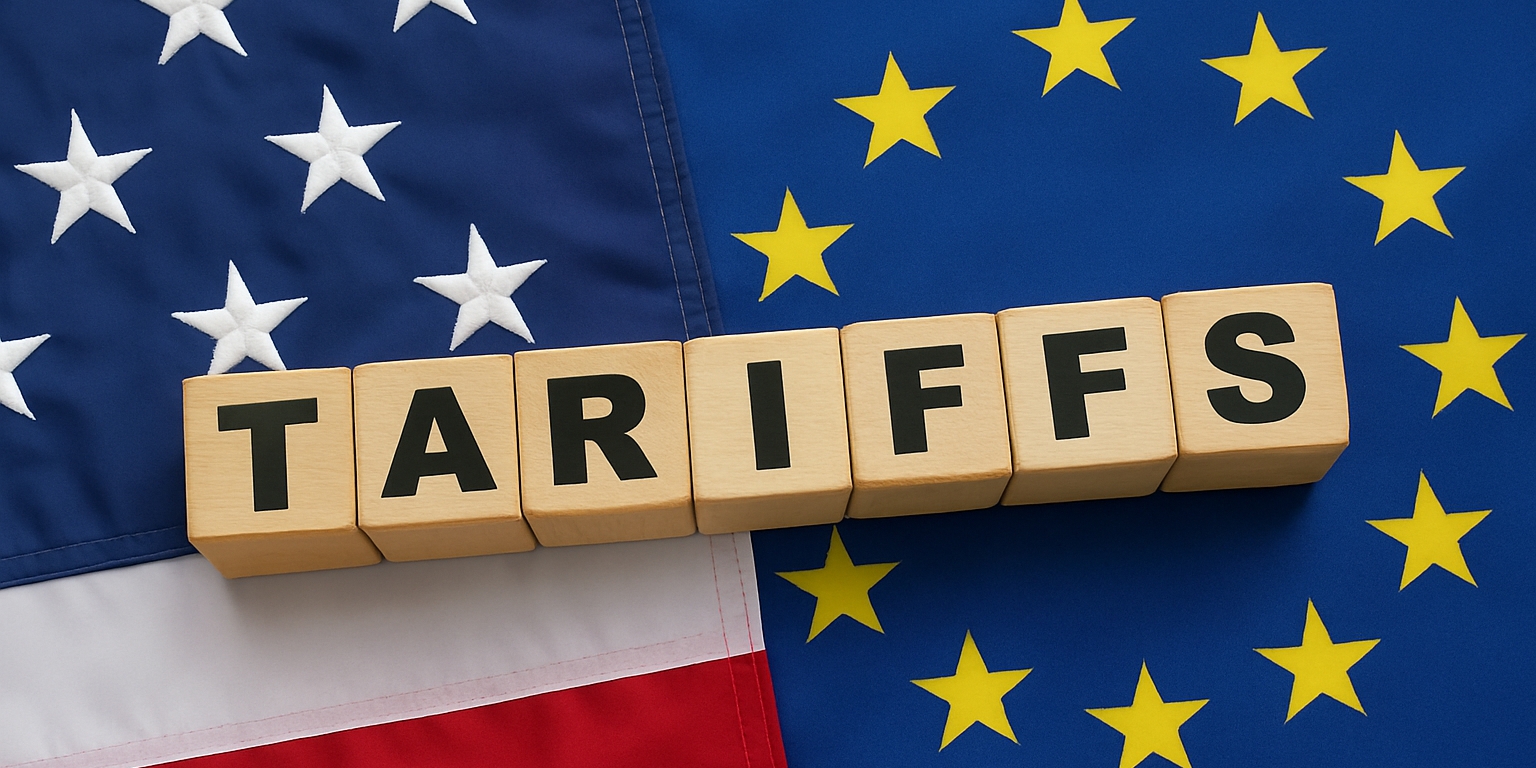President Donald Trump has launched a new combative tactic that might alter the face of trade in America. The president-elect made a declaration demanding a 25% tax on all imported products from Canada and Mexico and a 10% tax on products from China. He claims that this expansive operation will remove serious issues such as unlawful immigration, drug use and secession, and the fentanyl threat.
Mr. Trump’s message is clear: These tariffs are not only economic tools; they are also the struggle against unwanted intrusions in the United States. It has already instigated a stir of criticism, with supporters calling for the move as a long overdue step towards the safety of the nation, and critics arguing that it will damage relations with key partners and raise prices for consumers.
This proposal has elicited a lot of discussion on trade, immigration, and security in the build up to the year 2025. Mr. Trump’s tariff plan is not just for a show – it is an indicator of the conflict over the United States’ future.
The new tariffs introduced by Mr. Trump on Canada, Mexico, and China have received much attention worldwide and may have long-term implications for international relations. The tariffs are supposedly aimed at preventing the influx of illegals and drug smuggling which Mr. Trump says are critical to the security of America. However, measures such as these have elicited reactions from the countries affected in equal proportion. When Mexican President Claudia Sheinbaum took the oath, she also pledged to focus on diplomacy. Mexico sees the tariffs as unhelpful and talks are already being held to find ways to respond to the measures that will shield its economy.
China criticized the tariffs as “irresponsible” and said they would harm both countries. Beijing, on the other hand, is ready to work with the U.S. in the fight against drug trafficking, an issue that was also raised by the Trump administration.
We’ve also seen critical reactions from Mexico. After a discussion with Mr. Trump, Mexican President Claudia Sheinbaum wrote: “We reiterate that Mexico’s position is not to close borders but to build bridges between governments and between peoples.”
U.S. President Joe Biden personally voiced disapproval of the proposed tariffs calling it “counterproductive.” He thinks these tariffs will have a negative effect on relations with strategic partners and increase consumer prices in the United States. Economists expect higher prices for goods as tariffs distort supply chains, which costs companies and consumers. There have also been reports of retailers telling consumers to buy their imports before the tariffs are implemented.
The policy resembles President-elect Trump’s 2018 tariffs on steel and aluminum that caused tensions and countermeasures. While the critics tend to believe that such tariffs are detrimental to global trade stability, the supporters hold the opinion that these tariffs are crucial in protecting borders.
Analysts stress that political objectives should be pursued together with an understanding of potential economic implications for the country. Companies are preparing for a further increase in the price and risks of disruptions, depending on how trading partners and sectors change. The tariffs will likely destabilize alliances, complicate partnerships, and tip the balance in favor of large corporations.
Implementation Timeline for Trump’s Tariffs
The proposed tariffs on imports will likely be implemented shortly after the president-elect takes office on January 20, 2025. As part of preparation, large corporations are purchasing inventory and looking for new sources of supply while small businesses are still struggling to come up with an alternative.
Canada and Mexico want exceptions and are getting ready to strike back which can change the USMCA dynamics. Canada will most likely target energy and automotive industries while Mexico is aiming at restricting agricultural and manufacturing exports. These attempts reflect the actions during Trump’s 2018 steel and aluminum tariffs that led to stockpiling and trade conflict.
Economists are now sharing concerns over supply shocks, increased prices to consumers, and the possibility of a trade war. Companies are buying imports earlier before the tariffs take effect whereas the latter effects will depend on trade talks, lawsuits, and global reactions.










